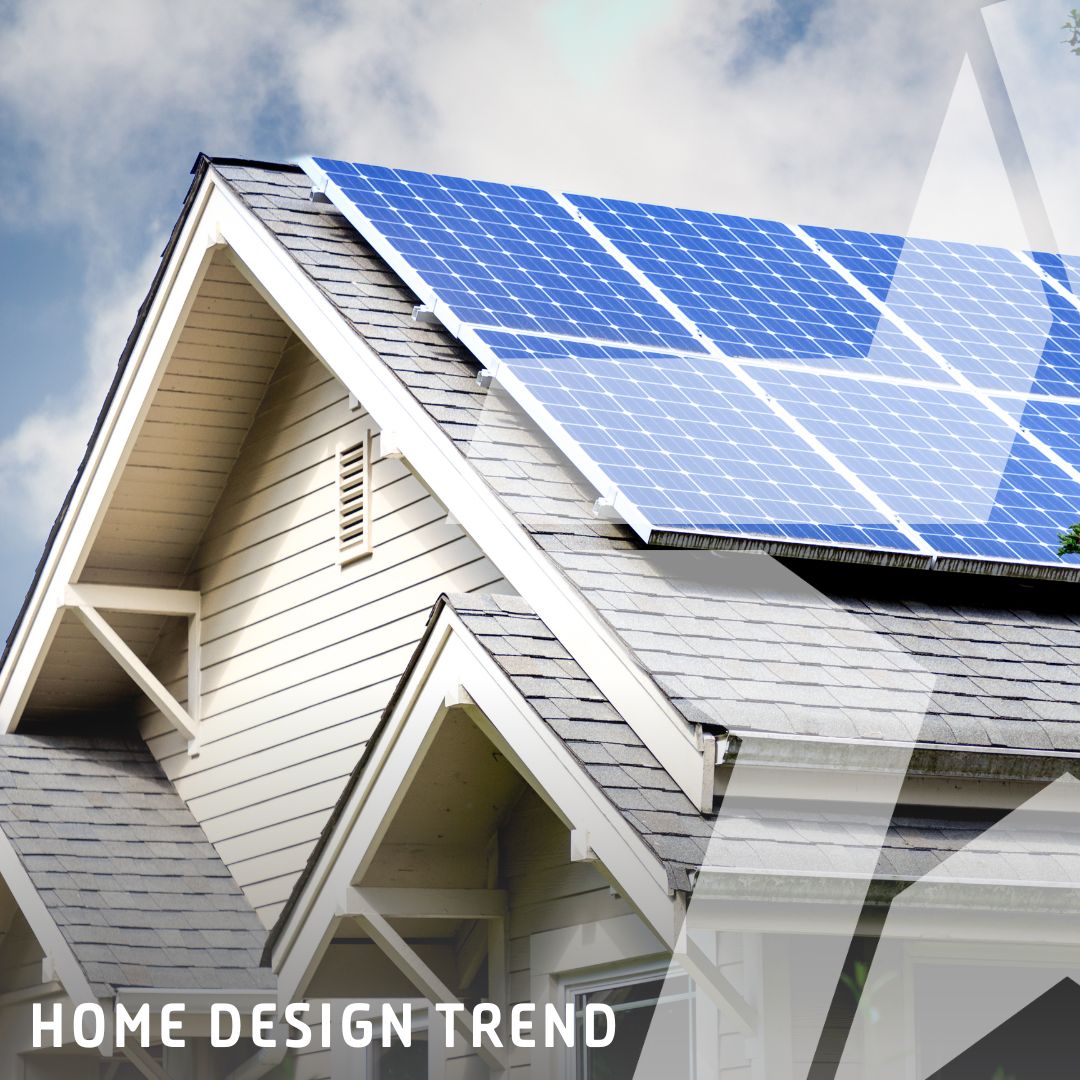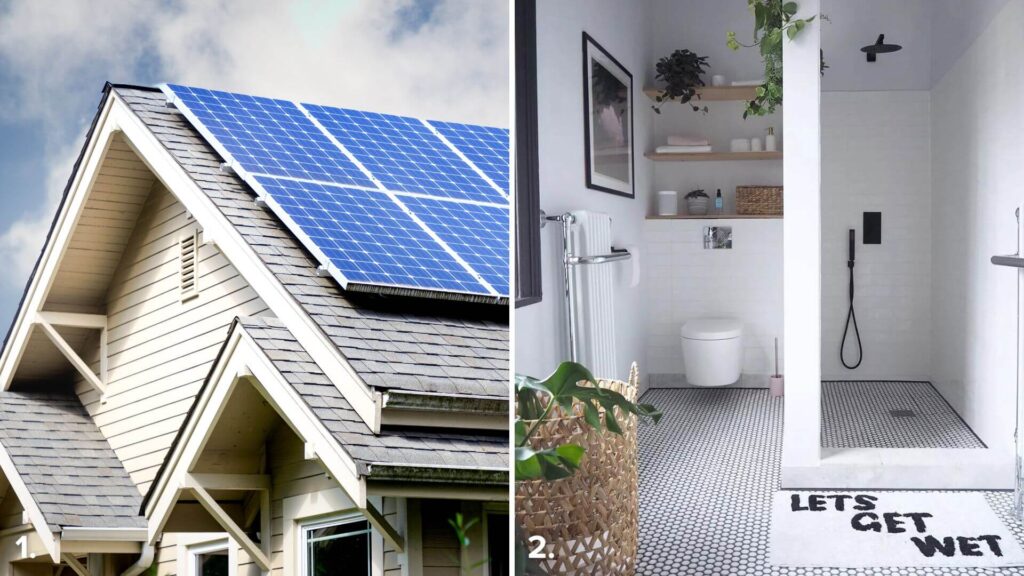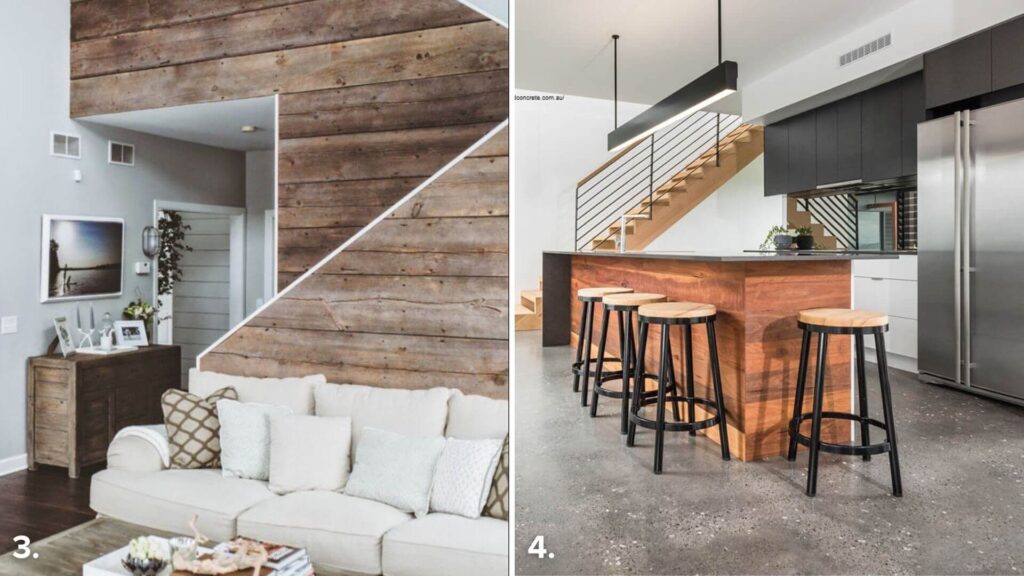
As we become more aware of the environmental impact of our homes, sustainable home design has become more important when considering home and interior design. The objective of sustainable home design is to create a living space that is comfortable, functional, and eco-friendly. So what are the key principles of sustainable home design, and how can they be incorporated into your home?
Energy Efficient
One of the most important principles of sustainable home design is energy efficiency. This involves designing a home that minimises its energy consumption while maximising its energy efficiency. There are many ways to achieve this, including using energy-efficient lighting and appliances, installing efficient insulation in ceilings, walls and floors, updating to an energy-efficient hot water system, utilising block-out blinds, considering window seals and glazing, and using renewable energy sources such as solar panels.

Water Efficiency
Another key principle of sustainable home design is water efficiency. This involves designing a home that uses water efficiently while minimising its water consumption. This can be achieved by installing low-flow fixtures for bathrooms, using water-efficient landscaping, utilising a water-efficient dishwasher and washing machine, and collecting rainwater for use in irrigation or other non-potable applications.
Sustainable Materials
Incorporating sustainable materials is another key principle of sustainable home design. This involves using materials that are environmentally friendly, such as reclaimed wood, bamboo, or recycled materials. These materials not only reduce waste but also promote sustainable forestry and manufacturing practices.

Indoor Air Quality
Indoor air quality is an important consideration in sustainable home design. This involves designing a home that promotes good indoor air quality by using non-toxic materials and minimising the use of synthetic chemicals. This can be achieved by using low-VOC paint, avoiding carpeting, and using natural ventilation systems.
Location and Site Design
Finally, location and site design are important considerations in sustainable home design. This involves designing a home that is located in a sustainable community and using site design principles that minimise the impact of the home on the environment. This can be achieved by designing a home that is oriented to maximise solar gain and using native landscaping that requires minimal watering.

By incorporating the key principles of sustainable home design, you can create a home that is both comfortable and functional, while also promoting sustainability. Whether you’re building a new home or renovating an existing one, there are many ways to incorporate these principles into your design and create a home that is truly sustainable.
Photos
1. Canva
2. @_lisa_dawson_
3. www.homedit.com
4. Crest Property
5. The Design Files
6. The Design Files
References
https://elliotthardie.com.au/tips-for-designing-and-building-an-energy-efficient-home/
https://www.redenergy.com.au/living-energy/smart-homes/energy-efficient-homes
https://www.energyaustralia.com.au/blog/better-energy/how-make-your-home-more-energy-efficient
https://zeroenergyproject.com/build/twelve-steps-affordable-zero-energy-home-construction-design/
https://www.energy.gov/energysaver/efficient-home-design
https://archeyes.com/tips-designing-building-water-efficient-house/







